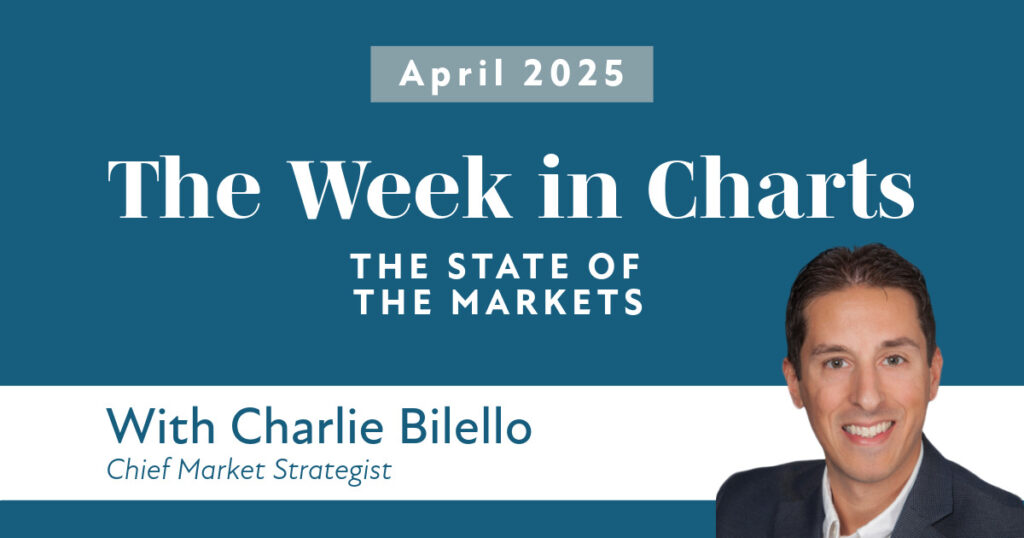And How to Protect Yourself
The North American Securities Administrators Association (NASAA), an organization devoted to investor protection, recently published its list of three top threats facing investors in 2023.1 Here, we provide insight into these threats and what you can do to protect yourself.
Threat #1 – Digital asset fraud
As investors increasingly embrace digital assets and cryptocurrencies, a newer form of financial fraud has reared its ugly head. Digital asset fraud often involves a scammer who convinces his or her victim to open an account with a digital asset exchange, purchase digital assets and send the funds to the fraudster’s digital wallet, only to then disappear with those assets. The fact that digital assets are decentralized, combined with the anonymous nature of blockchain technology, makes this form of fraud particularly attractive for scammers.
Following are some known approaches scammers have used to pull off digital asset fraud.
- Fake trading platforms – These platforms look legitimate but are designed to steal investors’ funds. Be cautious of platforms that only accept digital assets to invest. Only work with legitimate platforms and registered advisers. Digital asset trading platforms must register as money service businesses with the Financial Crimes Enforcement Network2 and sometimes state regulators as well.
- Promises of “guaranteed” high returns – Fraudsters often use aggressive marketing tactics to attract investors, claiming high returns and low risk, then apply pressure to purchase quickly. They take advantage of emotions, such as fear of missing out or fear of market volatility. Once digital assets are deposited, they disappear.
- Complicated or confusing sales pitches – Fraudsters use complex language or claim they have “top secret” technology, making the sales pitch hard to understand, then promise high returns. Look out for spelling and grammatical errors that make these pitches even more confusing.
- Unsolicited offers – If you’ve been contacted unexpectedly by someone you don’t know or someone you met online about an investment opportunity, beware. Fraudsters create fake social media profiles or hijack legitimate user profiles to convince victims to invest with them. Once an investor sends digital assets, the fraudster disappears.
Threat #2 – Pig-butchering schemes
Named for the practice of fattening a pig before slaughter, these scams typically involve a fraudster building a relationship with a potential victim over time in order to gain their trust and eventually steal their assets. These scammers often create fake online profiles to make themselves seem legitimate. They may share details about their fictional personal lives, such as family members, hobbies and volunteer activities, in order to seem trustworthy. They may also pose as investment professionals or try to capitalize on someone’s desire to find a romantic partner.
At some point, the fraudster turns the conversation toward investment-related topics (many involving digital assets), offering details about an investment that promises high returns with little risk. Of course, once victims make an “investment,” the fraudster takes off with both their trust and their assets.
Threat #3 – Social media and internet schemes
The rise in popularity of social media over the last few years has led to a new type of scammer — the finfluencer (financial influencer). A finfluencer is someone who’s able to earn the trust of social media followers and persuade them to invest in certain products. Finfluencers are often compensated by the business offering the investment, which puts investors at risk for several reasons, including:
- Lack of expertise and qualifications – Not all finfluencers have the educational background and certifications to be able to provide reliable investment advice.
- Conflicts of interest – Finfluencers often receive compensation for promoting certain investment products or services. This arrangement creates a conflict of interest, as their recommendations may be influenced more by the compensation they receive than by helping followers select appropriate investments.
- Market manipulation schemes – Social media platforms can be breeding grounds for market manipulation schemes. Some finfluencers strive to promote a particular stock or cryptocurrency in order to inflate its value before selling their holdings. This can lead to substantial losses for other investors.
- Lack of individualized financial advice – Finfluencers often cater to a broad audience and provide general investment advice that may not be suitable for every investor. It’s important to work with a qualified advisor who provides custom financial advice specifically designed to help you achieve your goals.
How to protect yourself
While the threats explained above can be scary, there are some actions you can take to protect yourself from investment fraud, such as:
- Only investing with reputable and regulated investment firms
- Verifying the legitimacy of any potential investment opportunities (when in doubt, contact your wealth manager)
- Ignoring unsolicited emails and messages
- Not sharing personal or financial information with unknown parties
- Researching all online platforms and trading sites before investing
- Double checking the credentials of anyone promoting an investment opportunity
- Using strong passwords and two-factor authentication for all accounts
- Only accessing accounts using secure networks and devices
- Regularly checking in on your accounts to make sure no fraudulent activity has occurred
- Remembering that if an investment opportunity seems too good to be true, it probably is
If you’re ever in doubt about a potential investment opportunity, reach out to your Creative Planning wealth manager. Our experienced professionals are well versed in common investment scams and can help you determine the legitimacy of the opportunity.
For more information about how you can protect yourself from investment fraud, schedule a call with a member of our team.




